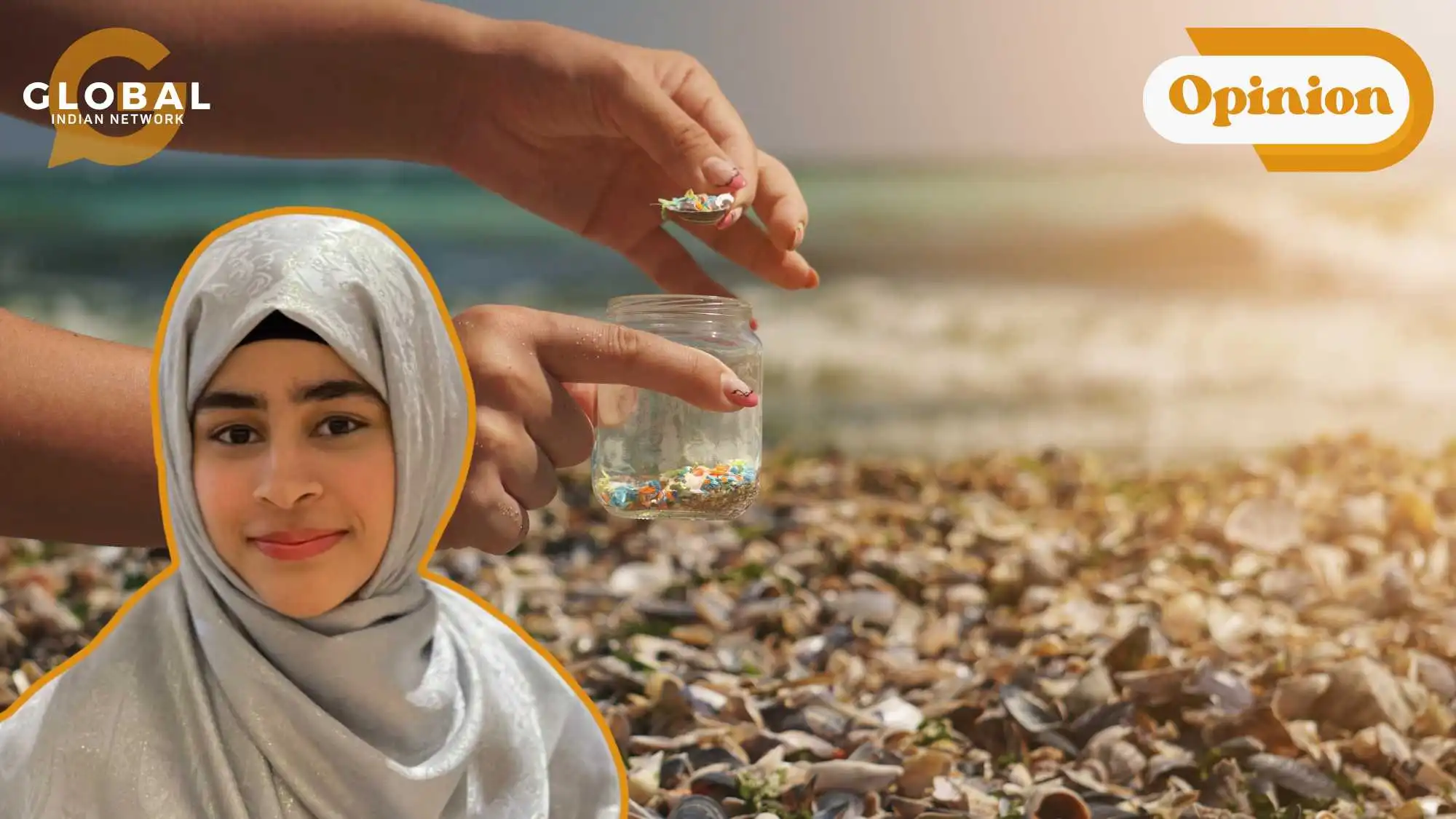Did you know there are around 51 trillion microplastic particles in the seas, which is 500 times more than stars in our galaxy?
Although only about 5 millimeters in size, microplastics are a growing menace lurking underneath ocean waves, in the rivers, in the wind, and even inside us!
Although they are so small that they are invisible to the naked eye, microplastics are a significant threat to not just marine ecosystems but also to human health.
Read on to learn more about the sources of microplastic, its negative impact on marine life and human health, and ways to battle microplastic pollution.
What are Microplastics and Where Do They Come From?
Microplastics are small plastic fragments which are generally less than 5mm. They are split into two main categories:
Primary Microplastics
These microplastics directly come into the environment as small particles. They make up about 15-31% of the microplastic population in the oceans. Their primary sources include:
- Laundering synthetic clothes (35%)
- Tyre abrasion while driving (28%)
- Addition of microplastics in self-care products, such as microbeads in facial exfoliators (2%)
Secondary Microplastics
These microplastics come from the degradation of larger plastic items such as plastic bags, plastic bottles, or fishing nets, for instance. They make up 69-81% of the microplastic population in the oceans.
Impact of Microplastic on Marine Life
We've all witnessed heart-breaking images of marine animals trapped in all kinds of plastic trash at some point.
However, not many of us know how much worse it is if we zoom in a bit and see the horrifying effects of plastic on the microscopic scale and see how it is not just impacting marine life and human health but also the fragile balance of key Earth systems that make our planet habitable.
While microplastics affect marine life in numerous ways, one of the most significant damages is on plankton, the small organisms that form the base of the aquatic food chain.
Like plants on land, phytoplankton in the ocean conduct photosynthesis to transform the sun's rays into energy for sustenance and then take carbon dioxide to produce oxygen.
Microplastics disturb plankton's essential functions in numerous ways:
- Decreased food quality: Plankton often consumes microplastics, assuming them to be food, which eventually results in malnutrition.
- Disrupted photosynthesis: Microplastics disturb phytoplanktons' ability to perform photosynthesis. A ripple effect in the ocean negatively affects the food chain since phytoplanktons are a major contributor to oxygen production in the oceans.
- Decreased phytoplankton reproduction and growth: Exposure to microplastics can considerably reduce the growth and reproduction of the plankton species, which can lower the plankton population and ultimately weaken the basis of the marine food web.
LISTEN TO THIS PODCAST: World Environment Day Special: A Voice for Change with Ridhima Pandey
Impact of Microplastics on Human Health
Did you know you are consuming between 78,000 to 211,000 microplastics every year?
Microplastics can enter the human body in various ways, such as through eating, drinking, and even just breathing!
Naturally, this raises heavy concerns regarding its probable impact on our health. Here's how microplastics pose a threat to human health:
- Discharge of Harmful Chemicals: When they're breaking down into microplastics, some plastics can drain harmful chemicals such as bisphenol A (BPA) and phthalates. Such chemicals can cause critical issues such as altered fetal development, metabolic disorders, and other reproductive problems.
- Gut Inflammation and Immune Response: Microplastics have been found to irritate the gut lining, causing inflammation and ultimately leading to digestive issues. Moreover, the immune system may identify microplastics as foreign substances that could trigger chronic inflammation and contribute to autoimmune diseases.
- Potential association with cancer: While research on this claim is still ongoing, the UNDP states a possible association of microplastics with the risk of some cancers due to exposure to plastic-derived chemicals.
How do We Combat and Reduce Microplastics?
With such tiny fragments of plastic wreaking havoc in our oceans and our bodies, we need to adopt a strategic approach to battle them.
Here are some ways we can combat this serious environmental crisis:
- Opt for reusable alternatives.
- Be mindful with your clothing; go for natural fibers like cotton or linen.
- Support sustainable and eco-friendly businesses.
- Avoid products containing microbeads.
- Support the ban on single-use plastics.
- Spread awareness of the dangers of microplastics.
- Engage in volunteering aimed at cleaning the environment, such as beach cleanups.
- Adopt sustainable fishing practices.
While the omnipresent nature of microplastics illustrates an extremely alarming picture, it is not an impossible challenge. By adopting environmentally friendly techniques and being more mindful, we can protect our precious oceans, marine ecosystems, and ourselves.
Do you have burning thoughts or opinions? We'd love to hear them! Share your thoughts and ideas in the comments below to get the conversation flowing, or feel free to reach out to us at larra@globalindiannetwork.com.









